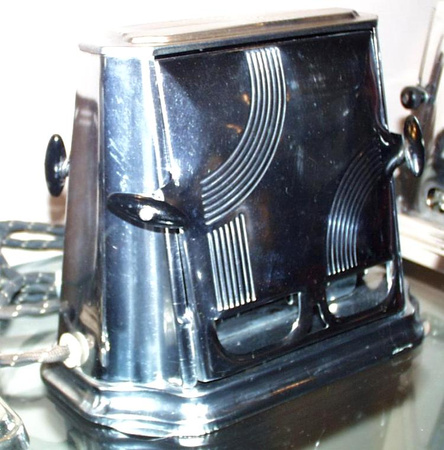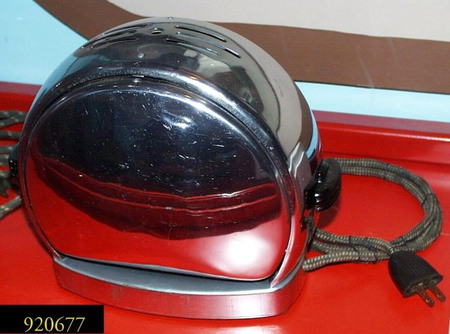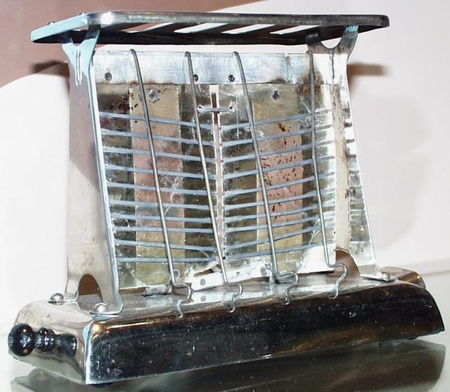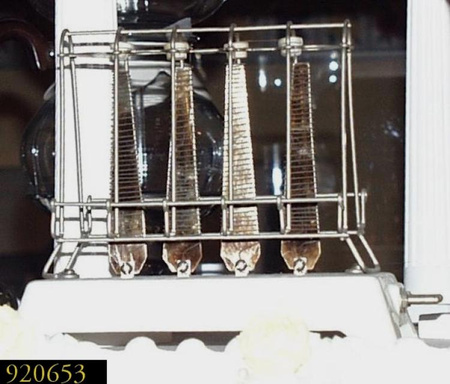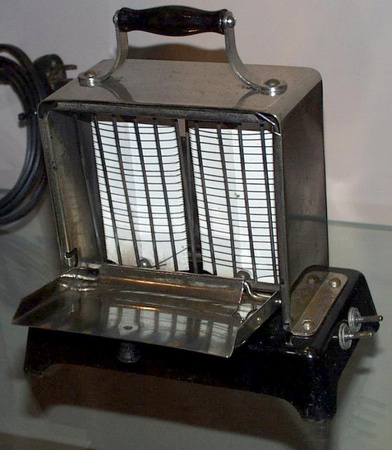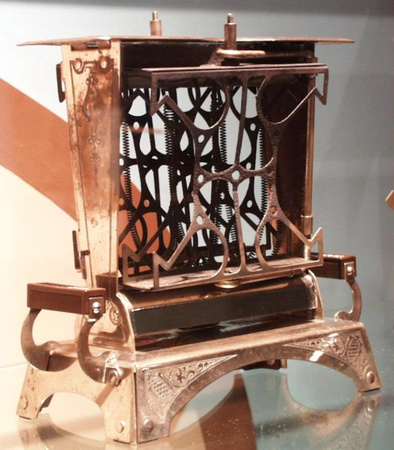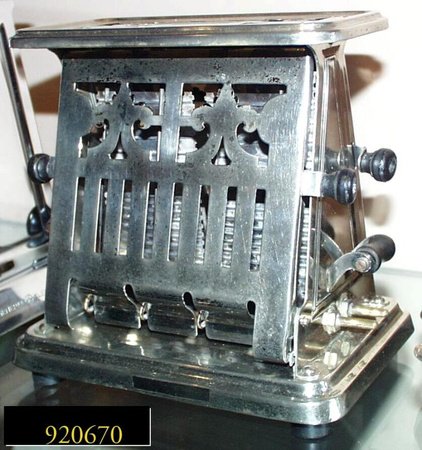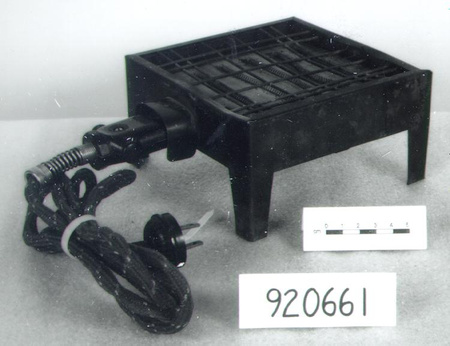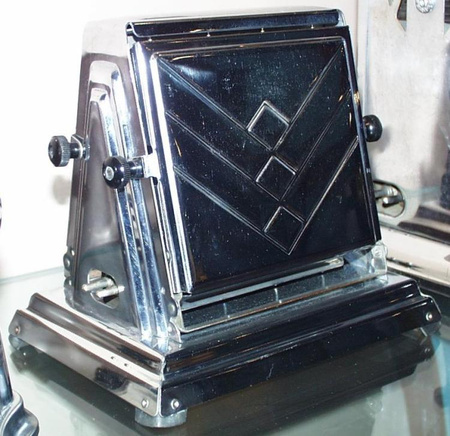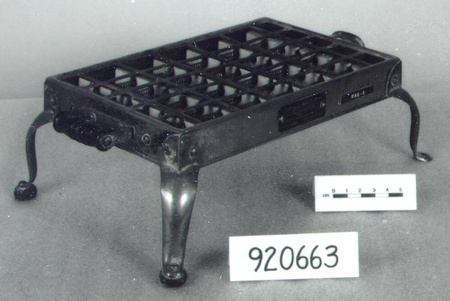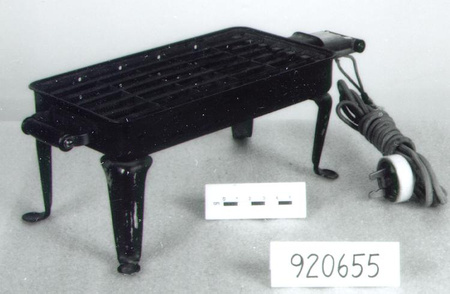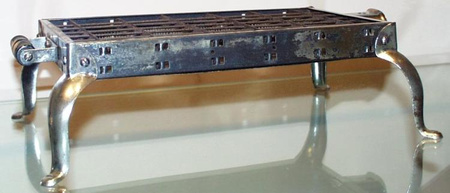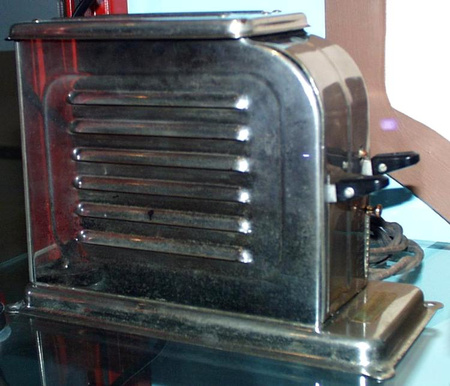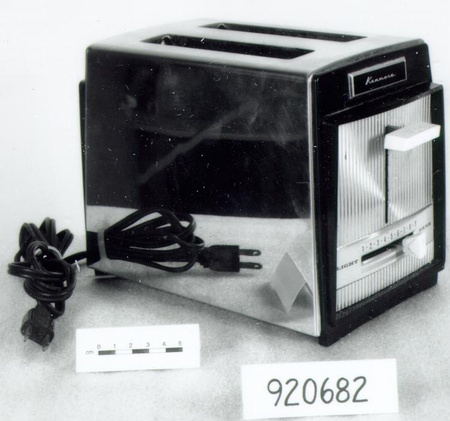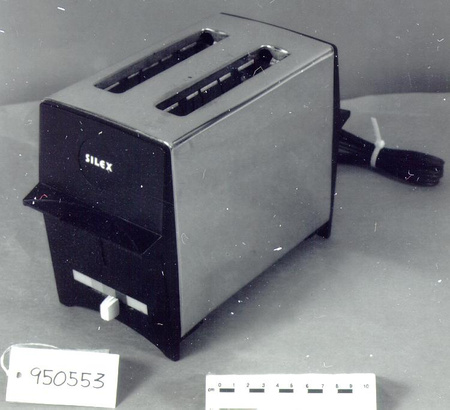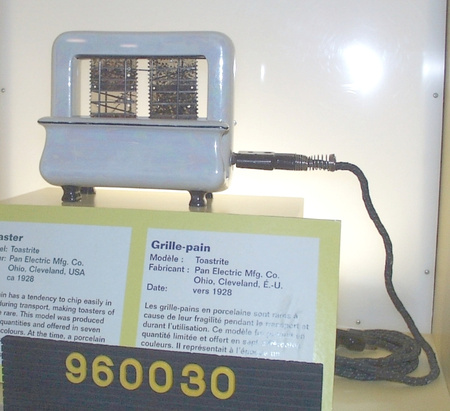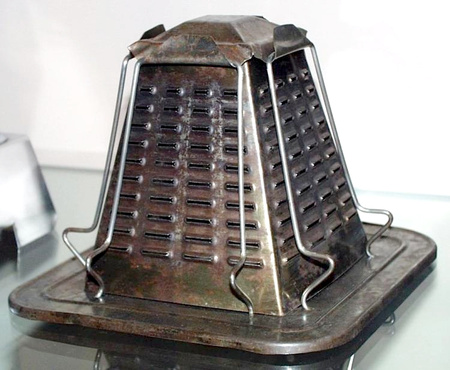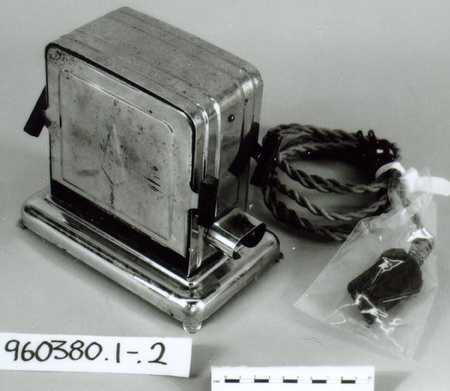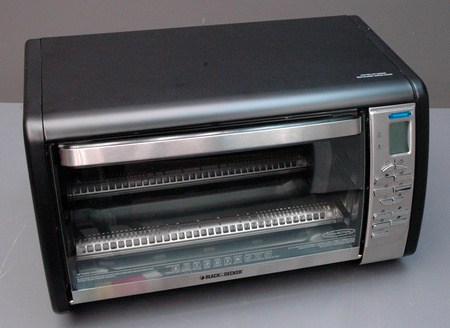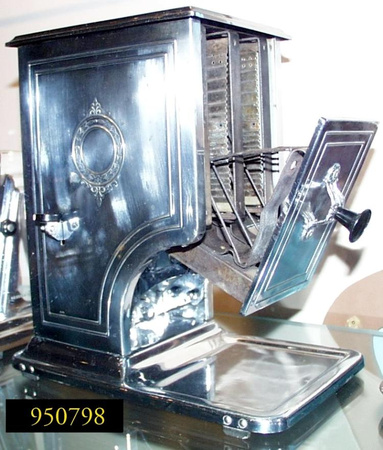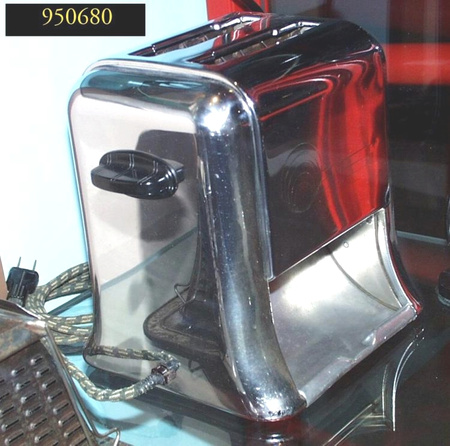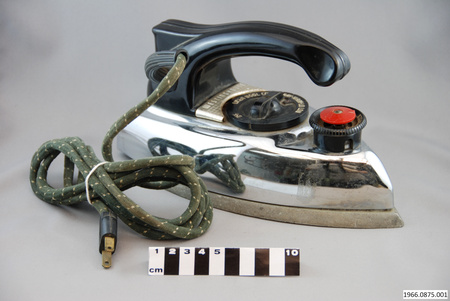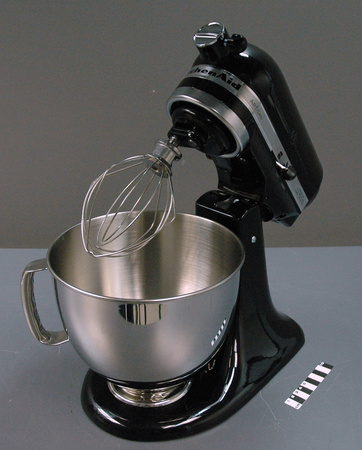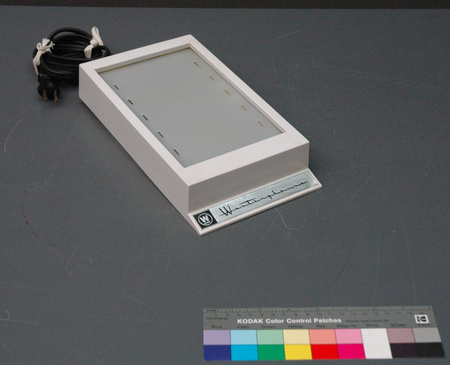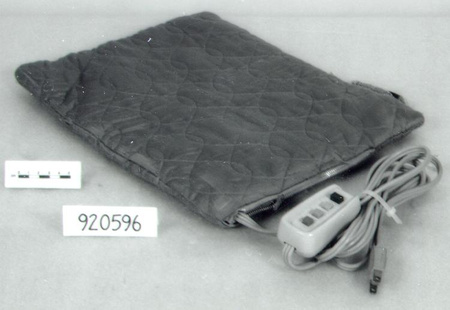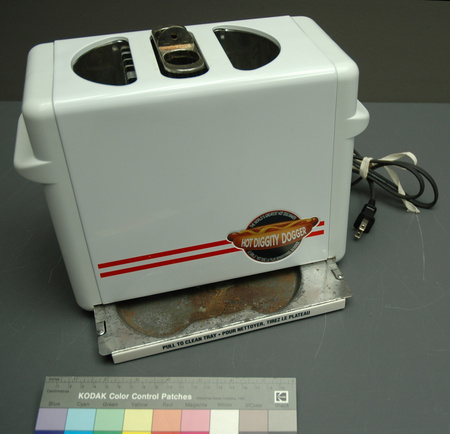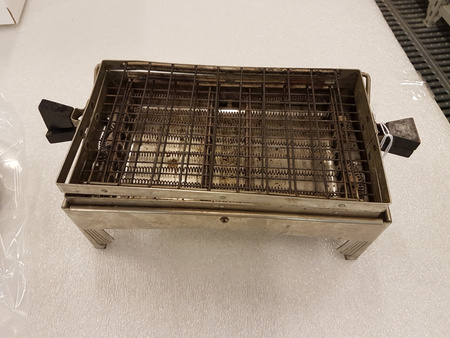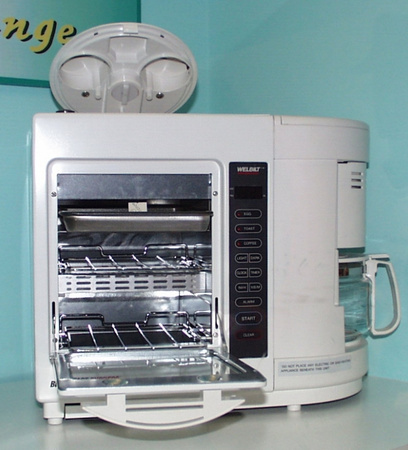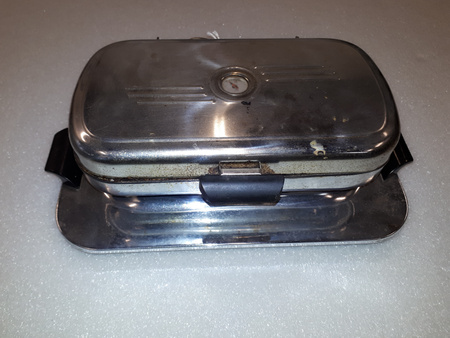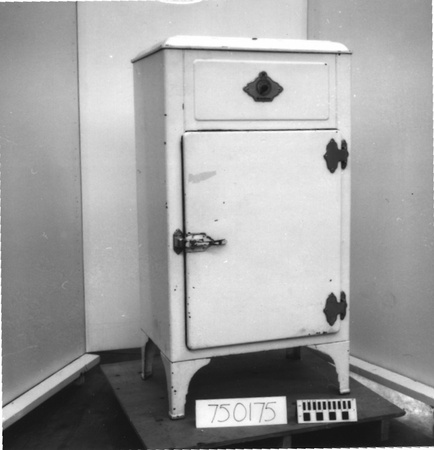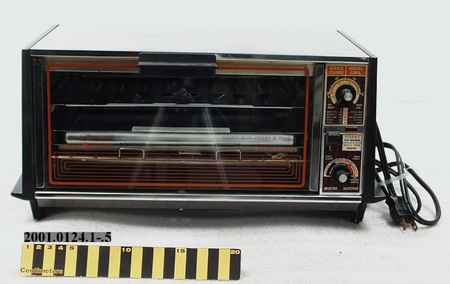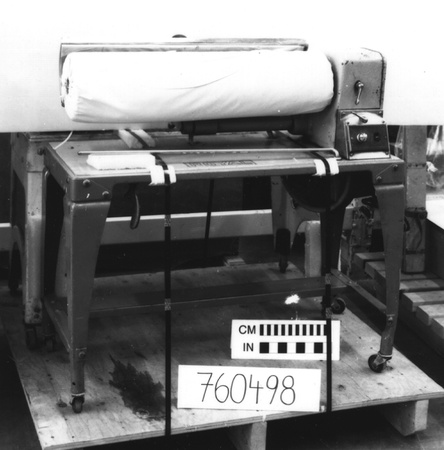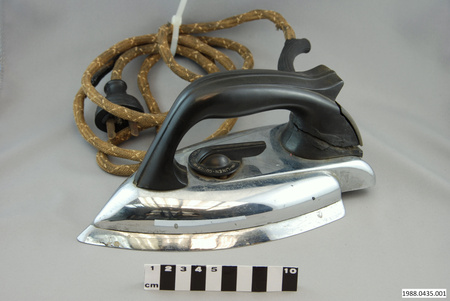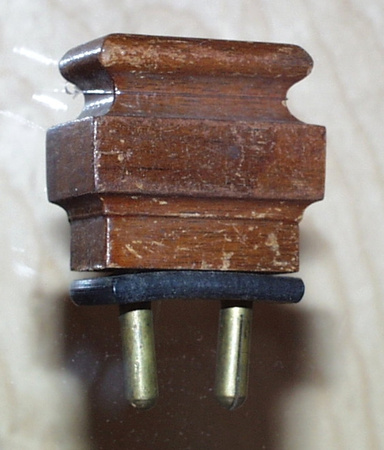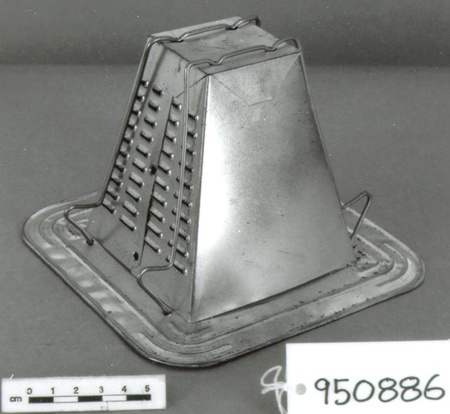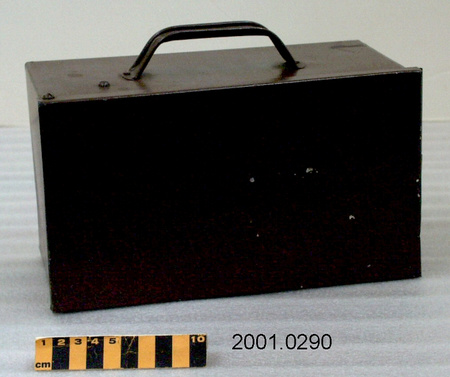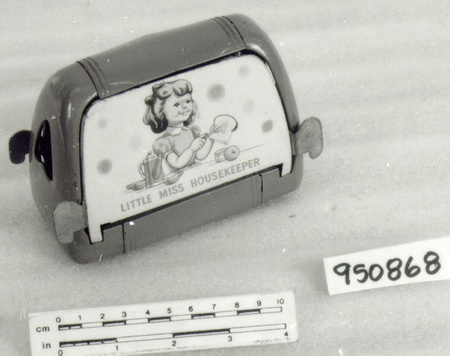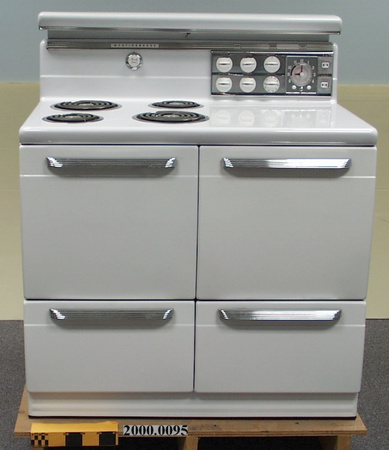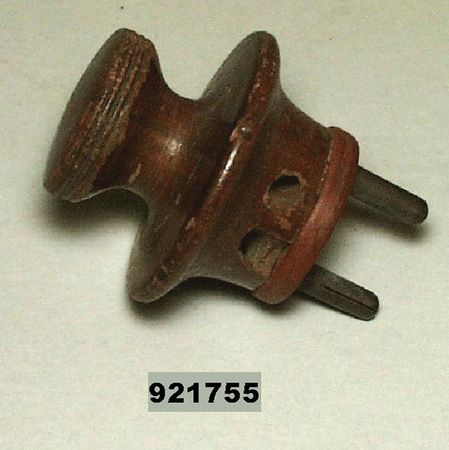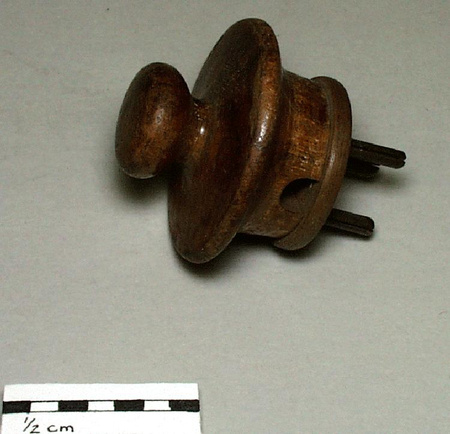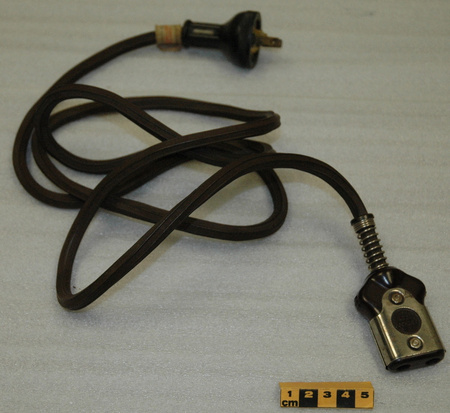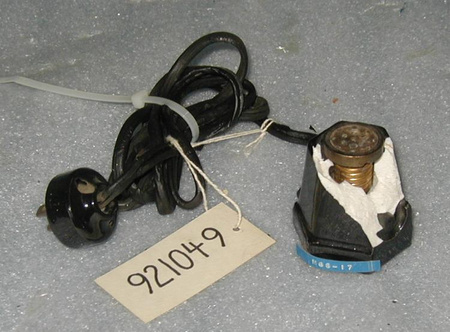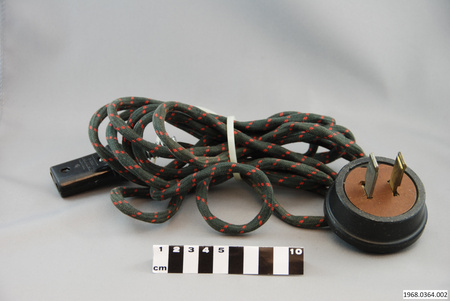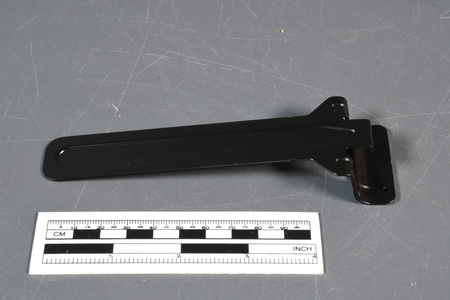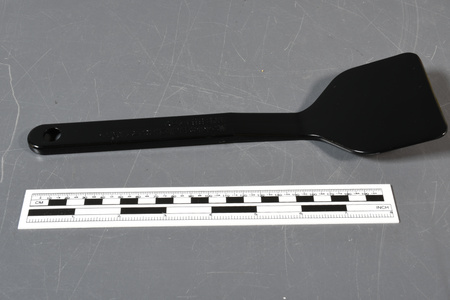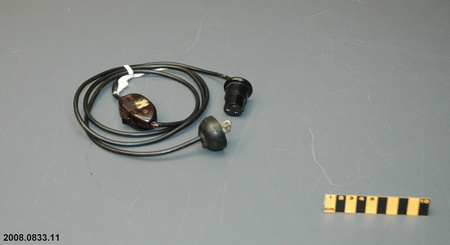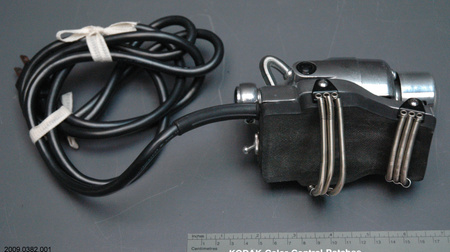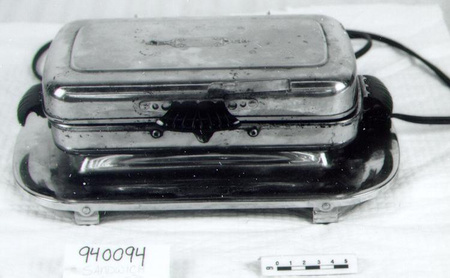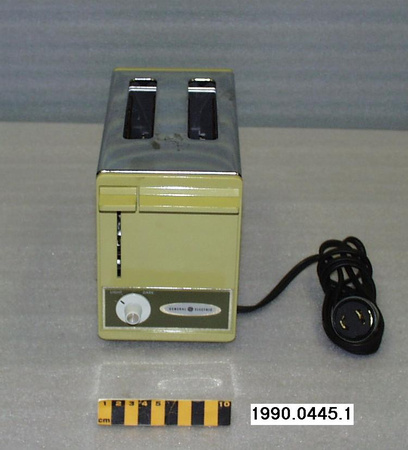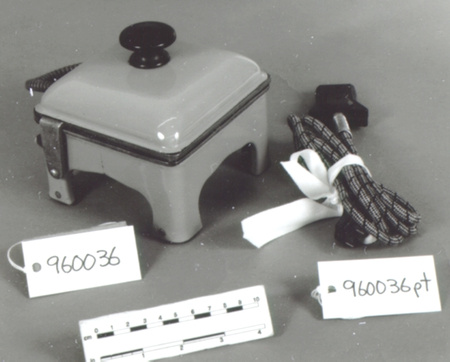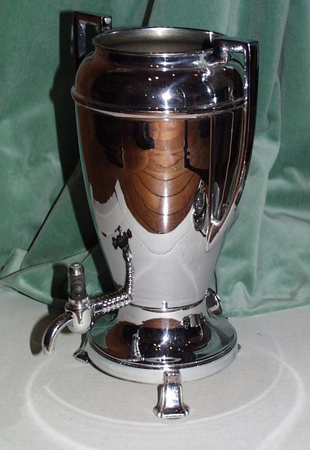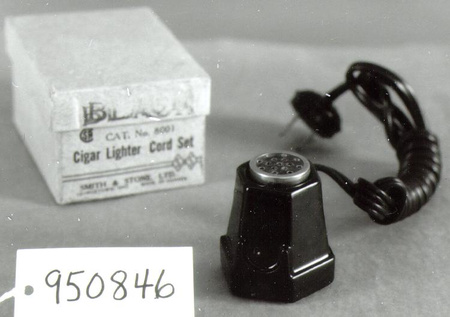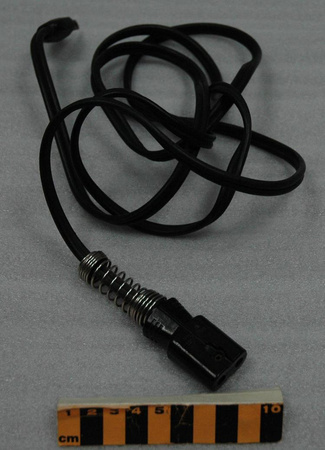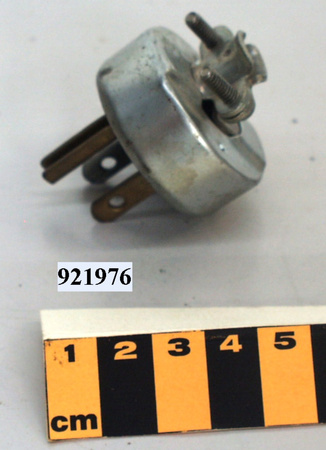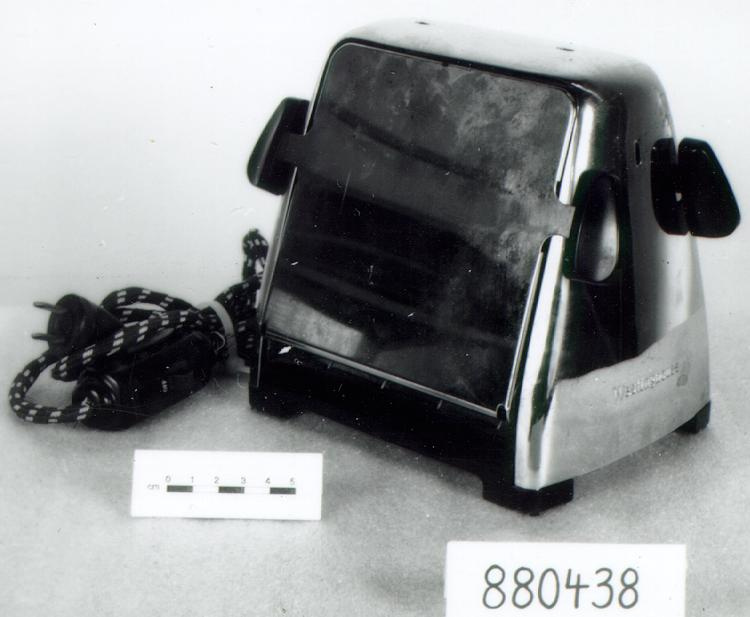Grille-pain
Utiliser cette image
Puis-je réutiliser cette image sans autorisation? Oui
Les images sur le portail de la collection d’Ingenium ont la licence Creative Commons suivante :
Copyright Ingenium / CC BY-NC-ND (Attribution-NonCommercial 4.0 International (CC BY-NC 4.0)
ATTRIBUER CETTE IMAGE
Ingenium,
1988.0438.001
Permalien:
Ingenium diffuse cette image sous le cadre de licence Creative Commons et encourage son téléchargement et sa réutilisation à des fins non commerciales. Veuillez mentionner Ingenium et citer le numéro de l’artefact.
TÉLÉCHARGER L’IMAGEACHETER CETTE IMAGE
Cette image peut être utilisée gratuitement pour des fins non commerciales.
Pour un usage commercial, veuillez consulter nos frais de reproduction et communiquer avec nous pour acheter l’image.
- TYPE D’OBJET
- ELECTRIC/REVERSING SIDE PANEL
- DATE
- Inconnu
- NUMÉRO DE L’ARTEFACT
- 1988.0438.001
- FABRICANT
- Canadian Westinghouse Co. Ltd.
- MODÈLE
- TT-12
- EMPLACEMENT
- Hamilton, Ontario, Canada
Plus d’information
Renseignements généraux
- Nº de série
- H60341
- Nº de partie
- 1
- Nombre total de parties
- 1
- Ou
- S/O
- Brevets
- S/O
- Description générale
- CHROME PLATED PRESSED METAL HOUSING & PANELS/ WIREELEMENTS WRAPPED AROUND SHEET MICA CORES/ METAL WIRE GRILLS/ SYNTHETIC BASE & FEET, PANEL HANDLES & SWITCH/ FIBRE COVERED CORD/ RUBBER PLUG WITH BRASS PRONGS
Dimensions
Remarque : Cette information reflète la taille générale pour l’entreposage et ne représente pas nécessairement les véritables dimensions de l’objet.
- Longueur
- 19,8 cm
- Largeur
- 13,5 cm
- Hauteur
- 17,3 cm
- Épaisseur
- S/O
- Poids
- S/O
- Diamètre
- S/O
- Volume
- S/O
Lexique
- Groupe
- Technologie domestique
- Catégorie
- Traitement de nourriture
- Sous-catégorie
- S/O
Fabricant
- Ou
- Westinghouse
- Pays
- Canada
- État/province
- Ontario
- Ville
- Hamilton
Contexte
- Pays
- Inconnu
- État/province
- Inconnu
- Période
- Inconnu
- Canada
-
In the early 20th century, electricity was not yet commonly found within Canadian homes. Before toasters were brought into the home, they were typically used in commercial settings, such as restaurants. Electrification of homes started initially through the introduction of lighting, leading to the development of some toaster cords that plugged into lightbulb sockets (Ref.1). In 1917, the two-prong system for electrical plugs was established and standardized across North America (Ref.1), and by the 1920s it became more affordable to bring electricity into the home. Between 1941-1951, the percentage of homes with electricity increased significantly, from 69.1% of homes, to 87.8%, with higher percentages in urban regions of the country (Ref.2). Companies such as B.C. Electric encountered a surplus of electric generation, particular during periods of low-usage. To encourage further use of electricity in homes, electric companies in Canada began to encourage use of electrical appliances. These companies targeted women in their marketing, promoting the benefits of appliances to reduce workload in the kitchen. Showrooms were set up across Canada by various electric manufacturers, inviting women to view various electrical appliances (Ref.1). As Canadians were introduced to the benefits of electricity in the kitchen, there was generally higher uptake of small electric appliances, such as toasters and irons, than the larger electric appliances. Between 1952-1960, the total number of toasters that were manufactured in Canada increased from 198,200 to 278,567 toasters total, or a total value of $1.2 million to $2.6 million (Ref.3). By 1931, 40% of homes across Canada owned a toaster (Ref.2). This product was developed in Hamilton, Ontario, at the Canadian-based Westinghouse facility. The Canadian Westinghouse Company Ltd was established in 1903, and continued to grow successfully for many decades, till its eventual closure in 1987 (Ref.4). - Fonction
-
To toast bread, one side at a time. Can toast up to 2 slices of bread at a time. - Technique
-
The toaster is simple in design and material, the triangular body a common shape of early toaster design. It is made primarily of a reflective chrome body that conveys the modern and minimal aesthetic of the art-deco movement (Ref. 5). A wire is wrapped around mica sheets to create a heating element for the toast, an approach that is used in the design of toaster components to this day. The toaster requires that the user attends to the appliance in order to remove the toast when it is ready. Due to human error however, this often led to burnt toast. This design flaw eventually led to the development of the pop-up toaster in 1919 (Ref.6). - Notes sur la région
-
Inconnu
Détails
- Marques
- INCISED PRINTING ON UNDERSIDE OF TOASTER READS: 'CANADIAN WESTINGHOUSE Co LIMITED/ HAMILTON CANADA/ MODEL TT-12 S-H60341 115V 500W/ CSA APPROVAL No 27'/ RAISED NUMBER '1778' APPEARS ON UNDERSIDE OF BASE/ 'Westinghouse' STAMPED AT BOTTOM FRONT/ RAISED PRINTING ON SWITCH READS: '10A.-250V./ UND.LAB.INSP./ ON OFF/ ARROW-H&H/ -U.S.A.-'
- Manque
- NONE From CA of 03/17/1994 by Tony Missio: No - Complete
- Fini
- HOUSING & PANELS METAL WITH POLISHED CHROME FINISH/ ELEMENT CORES GRAY MICA/ BASE & FEET, HANDLES & SWITCH BLACK SYNTHETIC/ CORD COVERING BLACK & WHITE FIBRE/ PLUG BLACK RUBBER/ PRONGS BRASSUNFINISHED
- Décoration
- S/O
FAIRE RÉFÉRENCE À CET OBJET
Si vous souhaitez publier de l’information sur cet objet de collection, veuillez indiquer ce qui suit :
Canadian Westinghouse Co. Ltd., Grille-pain, Date inconnue, Numéro de l'artefact 1988.0438, Ingenium - Musées des sciences et de l'innovation du Canada, http://collection.ingenium.ca/fr/id/1988.0438.001/
RÉTROACTION
Envoyer une question ou un commentaire sur cet artefact.
Plus comme ceci
